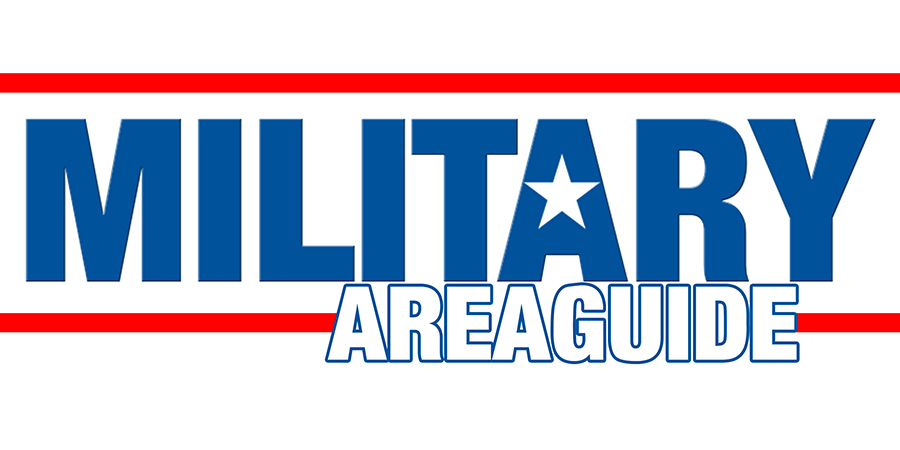A drug maker wants to use Botox technology to cure America’s opioid addiction

The growing opioid crises has sent health care experts scrambling for ways to address pain that doesn’t lead to addiction. In the labs of the biotech firm Bonti, scientists are working to see if the answer might be Botox.
Advertisement

The concept is based on how the body experiences pain. Whether it comes about because of a sports injury, surgery, or something else, pain is created by spasms when muscles are pulled, stretched, or ripped. The answer to this is often to prescribe pain relief medication that traditionally come in the form of systemic opioids and muscle relaxers. The goal is to stop the muscle from spasming, which allows it and the area around it to heal. The problem is the effects of these drugs often wear off within 24 hours, prompting the patient to take another pill, increasing the chance of dependency. And in the case of opioids, repeat use of the drugs can actually change the chemistry (and reward-seeking behavior) of a person’s brain to increase tolerance, dependance, and addiction.
Bonti’s method would allow a physician to inject a non-opioid, pain-relieving neurotoxin—a botulinum toxin serotype—in the area around the muscle. A single dose provides relief for between one and two weeks. In essence, by focusing relief on specific areas of pain, doctors would be able to treat it with fewer doses. Botulinum toxins are the same neurotoxic proteins used for cosmetic procedures, commercially marketed as Botox. In these procedures, the botulinum toxin that’s injected relaxes the muscles and has a visual smoothing effect on skin where there once wrinkles.
In Bonti’s experiments using the neurotoxin to treat pain, “you’re really giving the muscle the chance to heal and to repair itself,” says Susan Abushakra, the company’s chief medical officer. Abushakra explains that the injected neurotoxin fuses itself to the muscle cells, cutting off signals to neuronal receptors around the muscles, thereby stopping any spasms.
The opioid crisis (paywall) in America has generated staggering numbers. In 2015, opioid overdoses killed more than 33,000 people. And it’s estimated that more than 2.5 million people are addicted to opioids. It’s a problem that typically starts in the doctor’s office, where physicians too often fill out prescriptions for addictive pain killers like OxyContin, Percocet, and Fentanyl. In 2016, a study published by the Journal of Emergencies, Trauma, and Shock found that physicians have come under pressure in the last decade to treat patient pain, which in turn has contributed to a flood of opioid prescriptions.
Bonti’s CEO Fauad Hasan says its drug is still in its testing phase, and that he expects it will reach the market in about four years. The company has met with the US Food and Drug Administration to talk about expediting the approval process given mounting concern over opioids. The company is still figuring out how the drug would be priced on the market, though Hasan says he expects a single dose will be less expensive than a cosmetic injection of Botox, which can run at about $385, according to the American Society of Plastic Surgeons.











